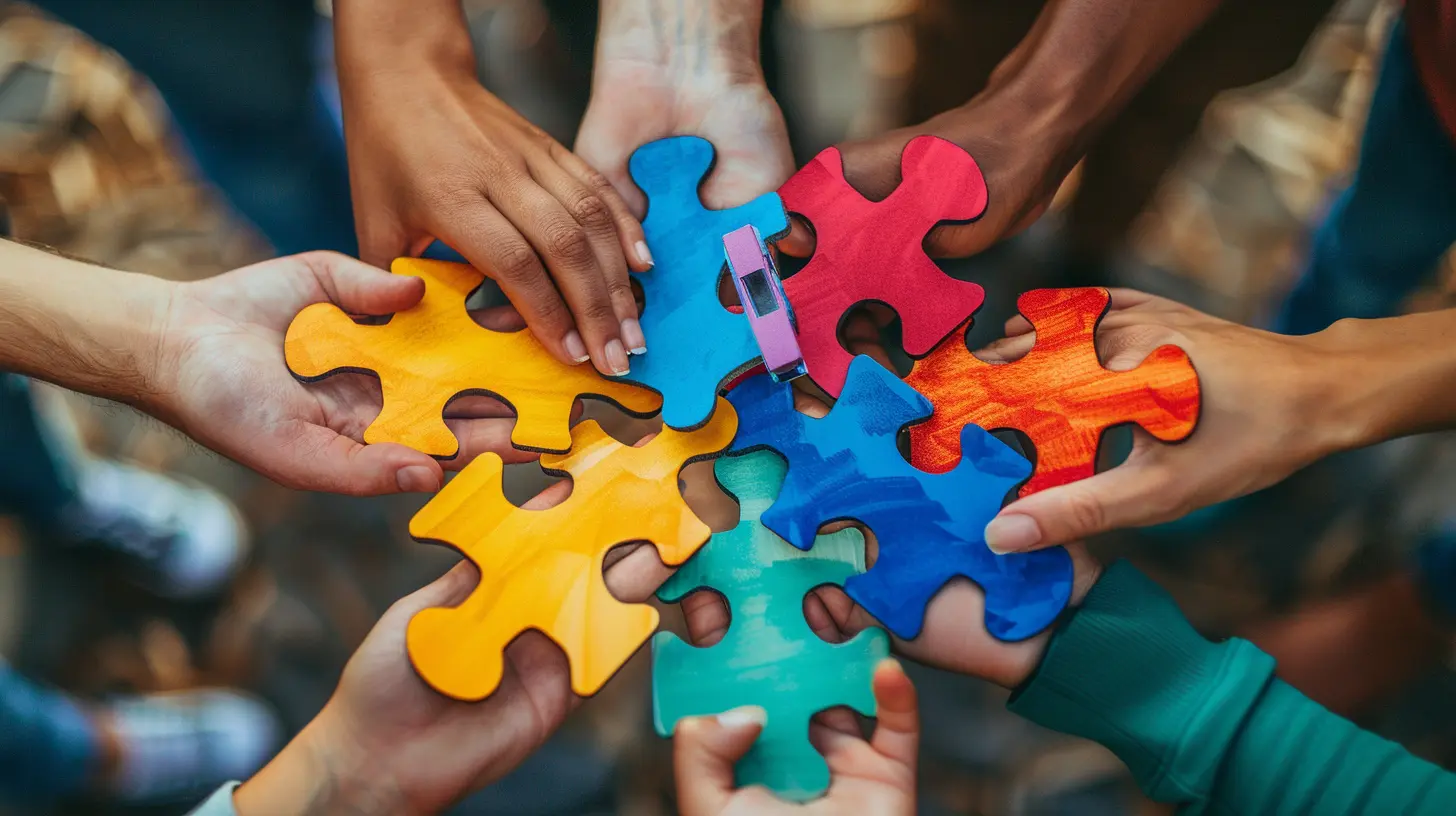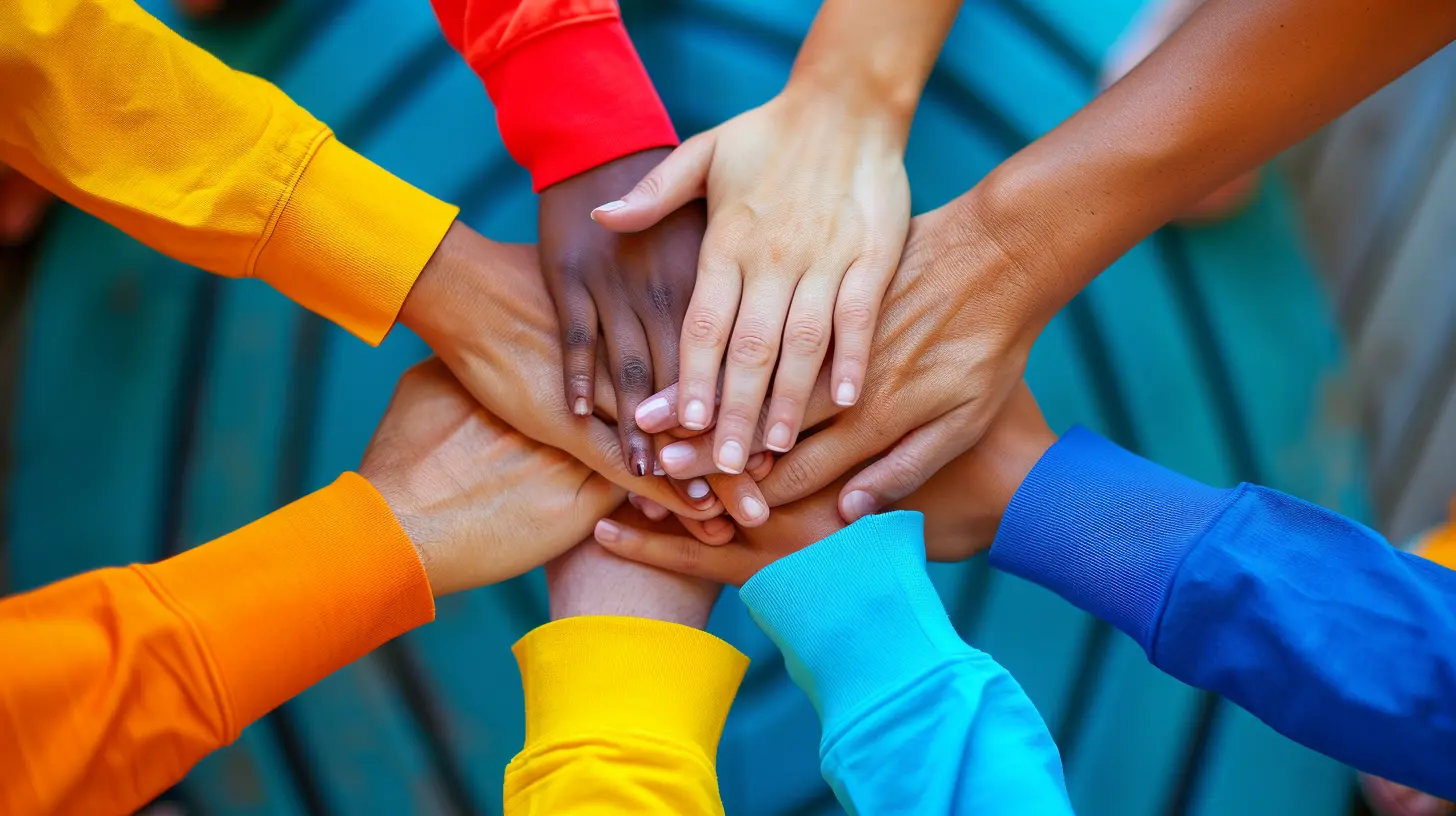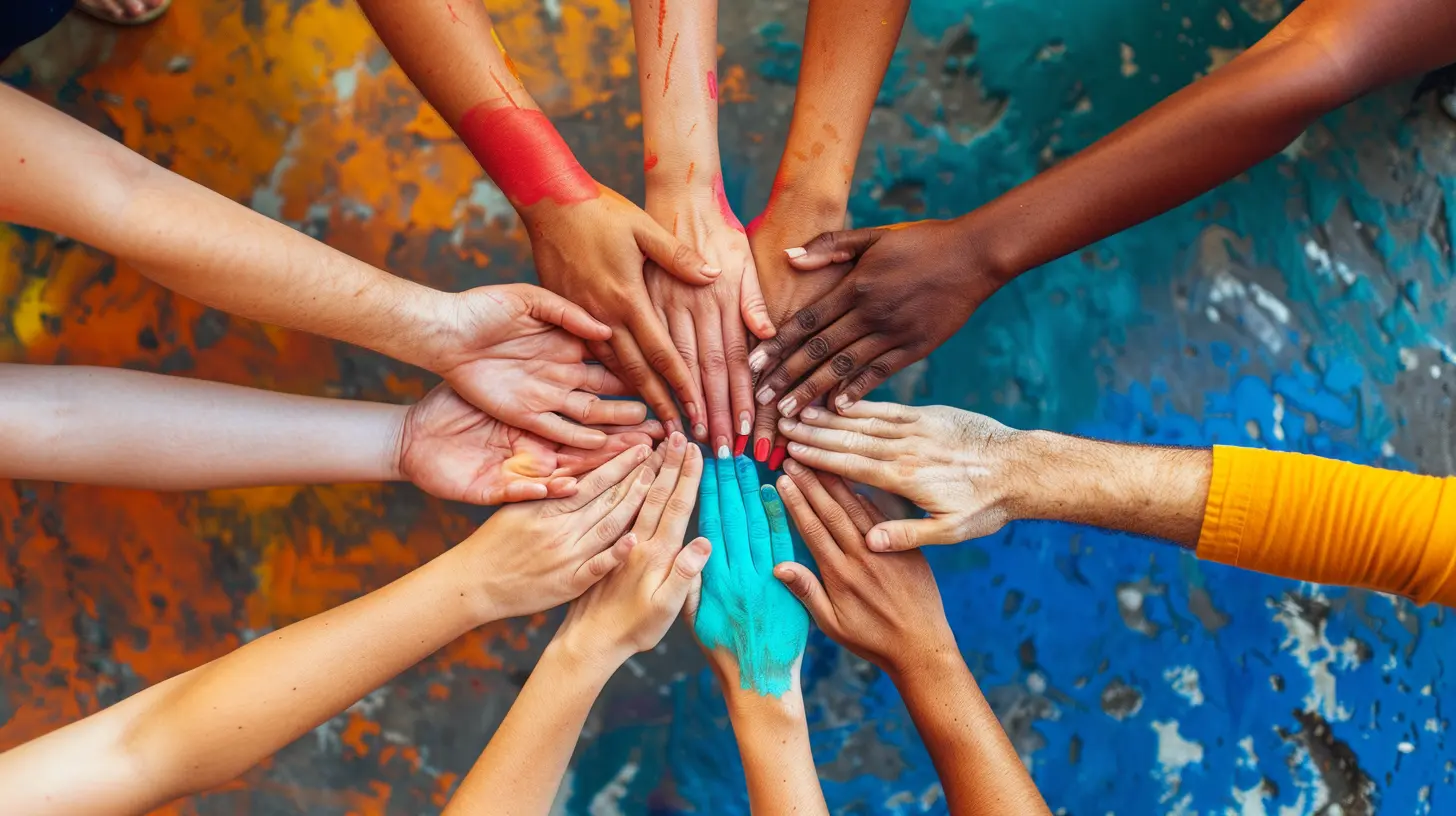Fostering Collaboration Through Experiential Learning Activities
12 July 2025
Collaboration is the secret sauce of success in almost every aspect of life, from the workplace to the classroom. But let’s be honest—just telling students or employees to "work together" doesn’t always do the trick. That’s where experiential learning activities come into play.
These hands-on, real-world experiences don’t just teach concepts; they help people live them. And when it comes to collaboration, experiential learning can turn a group of individuals into a well-oiled team. Let’s dive into how this method can foster teamwork and why it’s such a game changer.

What Is Experiential Learning?
Experiential learning isn’t just another edu-buzzword—it’s a teaching strategy that actively engages learners in the process. Instead of passively absorbing information, students actually experience what they’re learning. Think about it: Would you rather read about teamwork or participate in an interactive challenge that requires it?This concept is based on David Kolb's Experiential Learning Theory (ELT), which suggests that people learn best when they:
1. Have a concrete experience – They do something.
2. Reflect on the experience – They think about what went well (or not).
3. Learn through abstract conceptualization – They connect their experience to concepts.
4. Apply what they’ve learned – They put ideas into action.
When structured this way, experiential learning activities can significantly boost collaboration skills, making participants more effective in team settings.

Why Is Collaboration So Important?
Collaboration isn’t just about working together—it’s about working effectively together. Whether in education or the workplace, strong teamwork can:- Improve problem-solving skills
- Encourage creativity
- Build emotional intelligence
- Increase engagement and motivation
- Foster a sense of community
But here’s the catch: Collaboration doesn’t always come naturally. It needs to be nurtured and developed, and experiential learning is one of the best ways to do it.

How Experiential Learning Encourages Collaboration
So, how do experiential activities make teamwork second nature? Here are some key ways:1. Encourages Active Participation
Ever sat through a boring lecture where you zoned out halfway through? Yeah, we all have. Traditional learning methods sometimes fail to engage students, but experiential learning demands participation. Activities like group projects, escape rooms, and simulated real-world tasks require everyone to contribute to succeed.2. Breaks Down Social Barriers
Sometimes, the biggest obstacle to collaboration is simply getting people to talk to each other. Experiential learning exercises naturally break the ice. When you’re solving a problem together—whether it’s designing a prototype or navigating a team-building challenge—communication happens organically.3. Teaches Conflict Resolution
Let’s be real: Teamwork isn’t always smooth sailing. Disagreements happen, but that’s actually a good thing—it’s an opportunity to learn conflict resolution. Through experiential learning, participants face real-world conflicts and practice navigating them in a controlled environment.4. Develops Leadership and Responsibility
Experiential learning helps people step into leadership roles, not because they’re forced to, but because the task demands it. Whether it’s organizing a project, delegating tasks, or keeping the team on track, everyone learns accountability.5. Creates Shared Experiences
Have you ever bonded with someone over a shared challenge? That’s what experiential learning does—it creates memorable experiences that bring people together. And these shared experiences translate into better collaboration in future tasks.
Effective Experiential Learning Activities for Teamwork
Now that we know why experiential learning works, let’s look at some powerful activities that foster collaboration.1. Escape Room Challenges
Escape rooms aren’t just fun; they’re a masterclass in teamwork. Teams must communicate, delegate tasks, and think critically to solve puzzles under time pressure. It’s collaboration in action.2. Problem-Solving Case Studies
Give participants a real-life problem to solve together. Whether it’s a business dilemma, an environmental issue, or a hypothetical school challenge, case studies encourage discussion, debate, and collective decision-making.3. Outdoor Team-Building Exercises
Activities like obstacle courses, scavenger hunts, and survival challenges push groups to work together outside the usual classroom or office setting. Plus, being outdoors boosts engagement and fresh thinking.4. Role-Playing Scenarios
Have students assume roles in a simulated situation—like a business negotiation, political debate, or customer service conflict. This forces them to see things from different perspectives and sharpen their teamwork skills.5. Collaborative Art or Design Projects
Art sparks creativity, and when done collaboratively, it teaches participants how to listen to others’ ideas and merge different concepts into a cohesive piece.6. Service-Learning Projects
Working on a community project or volunteering together not only teaches teamwork but also instills a sense of social responsibility. Plus, nothing builds bonds like working toward a cause.7. Hackathons or Innovation Challenges
Tech students? Entrepreneurs? Or just a group that loves challenges? Hackathons encourage teams to develop solutions to problems within a set timeframe, blending creativity, problem-solving, and teamwork.Making Experiential Learning More Effective
If you’re ready to incorporate experiential learning into your educational or corporate setting, keep these tips in mind:1. Set Clear Goals
What do you want participants to gain? Teamwork? Leadership? Creativity? Define objectives before designing the activity.2. Debrief After the Activity
The experience is just half the learning. After the activity, ask participants:- What worked well in their team?
- What challenges did they face?
- How can they apply what they learned to real-life teamwork?
3. Mix Up the Groups
For collaboration to truly improve, avoid letting the same people always work together. Diverse teams bring fresh perspectives and better problem-solving.4. Keep It Fun & Engaging
Nobody learns well when they’re bored. Keep activities interactive, and if possible, throw in some friendly competition to keep energy levels up.5. Use Technology to Enhance Collaboration
In today’s digital world, collaboration isn’t just face-to-face. Use online tools like virtual simulations, collaborative platforms (like Miro or Trello), and even gamification to enhance learning.
Conclusion
Experiential learning isn’t just a trend—it’s a transformational approach to fostering collaboration. Through interactive and meaningful activities, students and employees learn how to communicate, solve problems together, and build genuine connections.So the next time you're looking to improve teamwork, skip the lecture and get hands-on. After all, the best way to teach collaboration is to let people experience why it matters.
all images in this post were generated using AI tools
Category:
CollaborationAuthor:

Bethany Hudson
Discussion
rate this article
1 comments
Levi Harper
Great read! I love how experiential learning can really bring people together. It’s amazing to see how collaboration flourishes when students dive into hands-on activities. These experiences not only enhance their understanding but also build lasting relationships. Can’t wait to see more creative ideas for fostering teamwork in education!
August 2, 2025 at 12:03 PM

Bethany Hudson
Thank you for your feedback! I completely agree—experiential learning truly enhances collaboration and builds strong connections among students. Excited to share more creative ideas soon!


